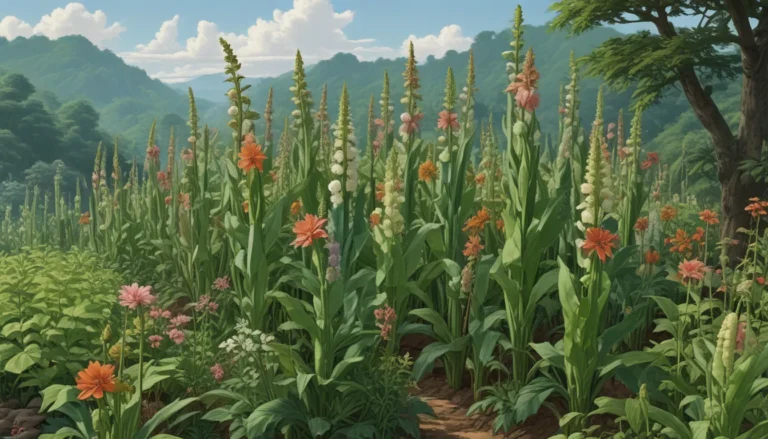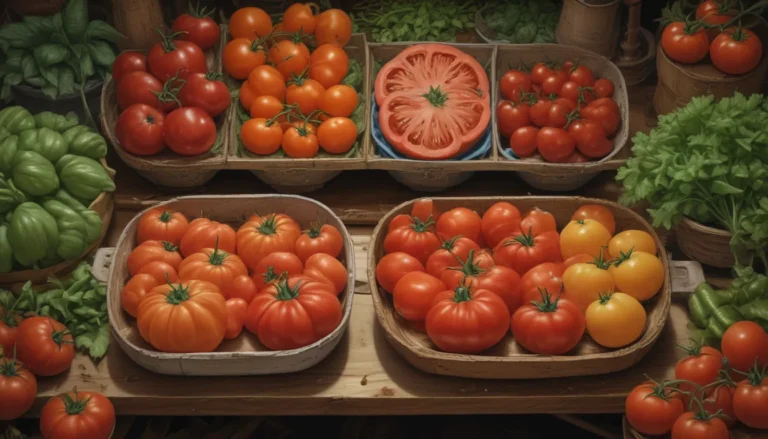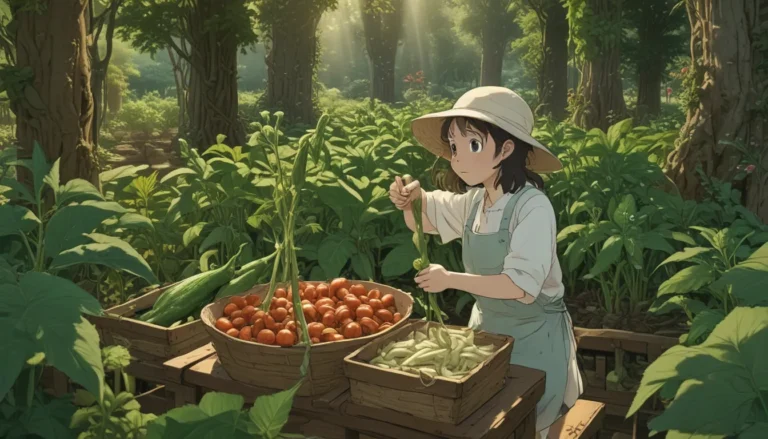The Pear Tree Lifespan: How Long Do These Trees Live?

Would you believe that the oldest living cultivated fruit tree in America is nearly 400 years old? And guess what – it’s a pear tree! The story of the Endicott pear tree in Massachusetts is truly fascinating, having survived 400 years of challenges and still standing tall.
When it comes to planting fruit trees like pears, it’s not just about enjoying the sweet, succulent fruit. It’s also about making a long-term investment for the future. And who wouldn’t want their pear trees to live as long as possible?
In this article, we will dive deep into the lifespan of pear trees, exploring growth rates, fruit production, longevity, and factors that can impact the life expectancy of these magnificent trees. If you’re curious about planting or caring for pear trees, you’ve come to the right place. Let’s get started!
What You’ll Learn
- How Fast Do Pear Trees Grow?
- When Will They Produce Fruit?
- How Long Do Pear Trees Live?
- What Can Impact the Lifespan of a Pear Tree?
If you’re a pear tree enthusiast or thinking about adding them to your garden, this article will provide you with valuable insights. Let’s begin with the growth rate of pear trees.
How Fast Do Pear Trees Grow?
With over 3,000 pear varieties cultivated worldwide, each tree’s growth rate can vary depending on factors such as genetics, climate, and care practices. While some varieties like the ‘Bartlett’ can grow up to 24 inches per year, others may grow at a slower pace.
To ensure optimal growth, factors like suitable USDA Hardiness Zones, proper care and maintenance, soil conditions, and irrigation play a crucial role. By understanding these influences, you can help your pear trees thrive and reach their full potential.
When Will They Produce Fruit?
The timeline for pear trees to start flowering and fruiting can range from three to 10 years. Understanding the pollination requirements of different varieties is essential for a successful harvest. Some pear trees are self-pollinating, while others need a mate for pollination to occur.
To achieve fruitful yields, educating yourself on the pollination process is key. While we won’t delve into the specifics here, detailed guides on pollination are available to help you navigate this crucial aspect of pear tree care.
How Long Do Pear Trees Live?
The lifespan of pear trees varies based on factors like the variety, care practices, and growing conditions. While ornamental varieties like the ‘Bradford’ may have a shorter lifespan of 15 to 25 years, fruiting types can live for several decades or even up to 200 years with proper care.
Choosing the right variety, providing ideal growing conditions, and implementing effective care strategies can significantly impact the longevity of your pear trees. By taking proactive measures, you can ensure that your trees thrive and continue to bear fruit for generations to come.
What Can Impact the Lifespan of a Pear Tree?
Several factors can influence the lifespan of pear trees, ranging from infectious diseases to environmental stressors. By addressing threats like disease, drought, nutrient imbalances, and winter damage, you can improve the health and longevity of your trees.
Infectious Disease Control
Pear trees are susceptible to fungal and bacterial diseases like fire blight, scab, black rot, bitter rot, and pear leaf spot. Prompt identification and treatment of these diseases are essential to prevent extensive damage and potential tree loss. Implementing preventive measures and treatment programs can help protect your trees from harmful pathogens.
Hardiness: Match Cultivars with Your Zone
Selecting pear tree varieties that are well-suited to your USDA Hardiness Zone is crucial for ensuring their survival in varying climatic conditions. Consider factors like temperature tolerance and season length when choosing cultivars to plant in your garden.
Pest Management
Insect pests like borers, spider mites, and aphids, as well as animal pests like voles and rabbits, can pose a threat to pear trees. Implementing integrated pest management strategies, such as selecting disease-resistant varieties, pruning during dormancy, and using protective guards, can help minimize pest damage and promote tree health.
Site Selection, Soil, and Pruning
Choosing an optimal planting site with well-drained soil, proper spacing, and good airflow can enhance the growth and longevity of pear trees. Pruning trees to remove dead or diseased branches and promote healthy growth is essential for their overall vigor and longevity.
Irrigation
Providing adequate water to pear trees through drip irrigation or soaker hoses can support their growth and resilience. Balancing irrigation frequency to prevent both drought and waterlogging is crucial for maintaining tree health and longevity.
By addressing these factors and adopting proactive care practices, you can leave a legacy of healthy, long-lived pear trees for future generations to enjoy.
Leave a Legacy of Pears for Future Generations
The symbolism of the pear tree as a sign of longevity and prosperity is a powerful reminder of the value of these majestic trees. By planting pear trees in your garden and nurturing them with care and attention, you can create a lasting legacy that brings joy to generations to come.
Whether you’re a seasoned gardener or new to pear tree cultivation, there is always more to learn and discover about these remarkable trees. Share your experiences, success stories, or lessons learned in the comments below. Your insights and knowledge can inspire others to cultivate pear trees and appreciate their beauty and resilience.
If you enjoyed this guide, explore additional resources on propagating pear trees from cuttings, harvesting pears, and growing different varieties in your orchard. Embrace the journey of pear tree cultivation and celebrate the timeless beauty and bounty of these remarkable trees.
Thank you for joining us on this exploration of pear tree lifespan and care. Your interest and passion for gardening enrich our community and inspire us to cultivate thriving green spaces together.
In conclusion, the enduring legacy of pear trees is a testament to their resilience and beauty. By understanding the factors that influence their growth, fruit production, and longevity, you can create an environment where these trees flourish and thrive for years to come. Whether you’re a novice gardener or seasoned enthusiast, the journey of caring for pear trees is a rewarding and fulfilling experience. Start planting your pear trees today and embark on a journey of growth, abundance, and vitality in your garden.





